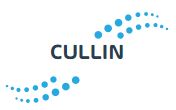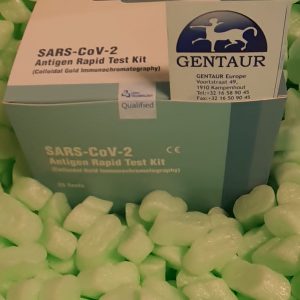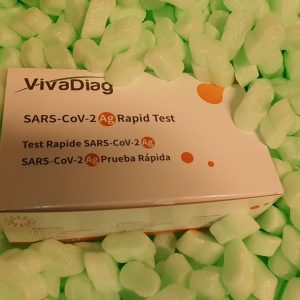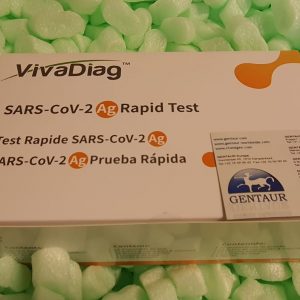The antiserum from an immunized animal or the supernatant from a hybridoma culture could be used directly as a reagent in certain cases, although it is usually necessary to previously apply some of the antibody purification methods for the realization and correct development of most of the immunoassays .
Immunoglobulins account for approximately 20% of total plasma protein, so failure to apply specific antibody purification methods could result in unwanted reactions between other plasma / medium components and the target sample.
There are various methods of antibody purification, depending on the starting material, the degree of purity to be obtained and the application or intended use of that antibody. All of them try to selectively isolate the antibodies of interest from immune serum (polyclonal antibody purification) or from ascites fluid or culture supernatant (monoclonal antibody purification).
Classification Of Antibody Purification Methods
Antibody purification methods can be divided into two main groups: fractionation separation and affinity purification. Below we detail what each of them consists of, as well as the different types of purification they encompass.
1. FRACTIONATION : consists of the purification of the antibody by separation based on physical-chemical characteristics. Isolates a subset of proteins (including immunoglobulins) from the sample.
There are four main types of fractional separation.
- Antibody purification by ammonium sulfate precipitation
It is one of the most frequent antibody purification methods. By increasing the salt concentration, certain proteins become less soluble, until they end up precipitating. Antibodies precipitate at lower concentrations of ammonium sulfate than other proteins, due to the high hydrophobicity of immunoglobulins.
The resulting product will be the Ig fraction of the sample (all the antibodies present in it), which may be sufficient for certain assays, or used as a phase prior to affinity purification.
- Ion exchange chromatography (IEC)
Positively or negatively charged resins are used to bind proteins based on their net charges in a given buffer (at a certain pH).
- Size Exclusion Chromatography (SEC)
It allows to separate antibodies (˃140kDa) from components with a lower but molecular (MW) present in the sample, such as small proteins and peptides.
It is usually used as a preliminary step to affinity purification, and not as a definitive antibody purification method per se.
- Metal Chelate Chromatography (IMAC)
It uses immobilized divalent metal ion chelates to bind to proteins or peptides that contain histidine clusters (eg, mammalian IgGs) or more than three consecutive histidine residues. (It is also a common purification method for recombinant histidine-tailed proteins.)
2. AFFINITY PURIFICATION : consists of the purification of the antibody through specific binding to another molecule for which it has high affinity. Isolates immunoglobulins class-specific or antigen-specific. Let’s see the differences:
a) Class-specific purification : it consists of the binding to a solid phase of a certain class of antibodies (for example, IgG), by means of immobilized ligands that have specific affinity against that class of immunoglobulins. Purifies all Immunoglobulins of a certain class, regardless of their affinity for the antigen of interest.
Purification is carried out by specific binding of the antibody to a protein of bacterial origin:
- Protein A: Staphylococcus aureus
- Protein G: Streptococcus spp.
- Protein L: Peptostreptococcus magnus
In general, proteins A and G selectively bind to G-class immunoglobulins (IgG), while protein L binds to any class of antibody. Below we detail the binding capacity of each of these proteins:
These proteins (those that are usually marketed are of recombinant origin , thus eliminating unnecessary sequences), are covalently immobilized on porous resins or magnetic beads, through which the sample will be passed. Once washed, the fraction that will contain the immunoglobulins of interest is eluted.
If you want to isolate antibodies of less frequent classes, other methods will be used, such as:
- To purify IgM: Ammonium sulfate precipitation followed by exclusion filtration and ion exchange chromatography can be performed. Or, ammonium sulfate precipitation followed by removal of IgGs by purification of antibodies with protein A or G.
- To purify IgA: the use of plant lectins such as Jacalin is used, which specifically binds this class of antibodies.
- To purify IgY: a protocol similar to purification by precipitation with ammonium sulfate is usually used, introducing several alternatives.
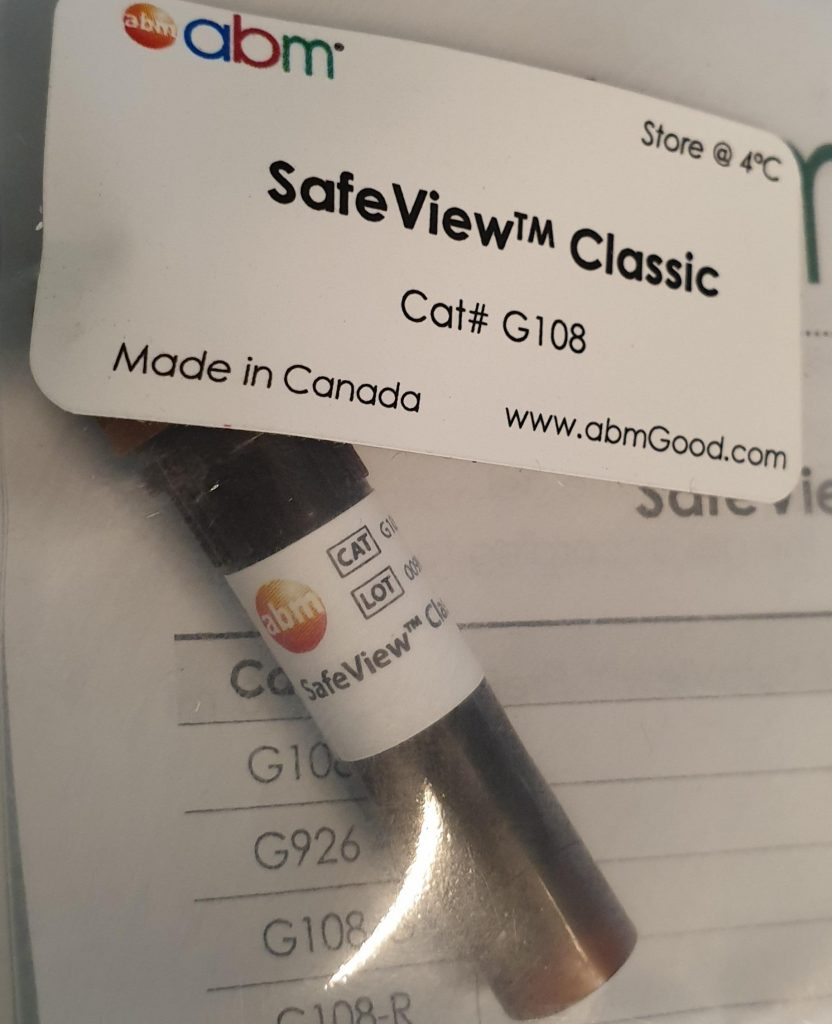
b) Antigen-specific purification : Separates immunoglobulins that specifically bind to an immobilized antigen . Purifies all antibodies specific for that antigen, regardless of class or isotype.
This time, the antigen of interest is immobilized in the solid phase, where the specific antibodies will be retained as the sample passes.
It is very important in this case to optimize the orientation of the antigen as well as the points of attachment to the solid surface (especially for small peptides), since the chemical bonds to the agarose beads could mask the antibody binding sites.
In short, antibody purification methods are nothing more than techniques derived and specialized from protein purification methods in general. Depending on the degree of specificity with which we want to endow our antibody, there is a wide range of purification forms among which we can choose the one that best suits each assay.
Remember that you can contact us with any questions regarding antibody purification methods . And if you are interested, here you can learn more about our custom antibody production and purification service.
